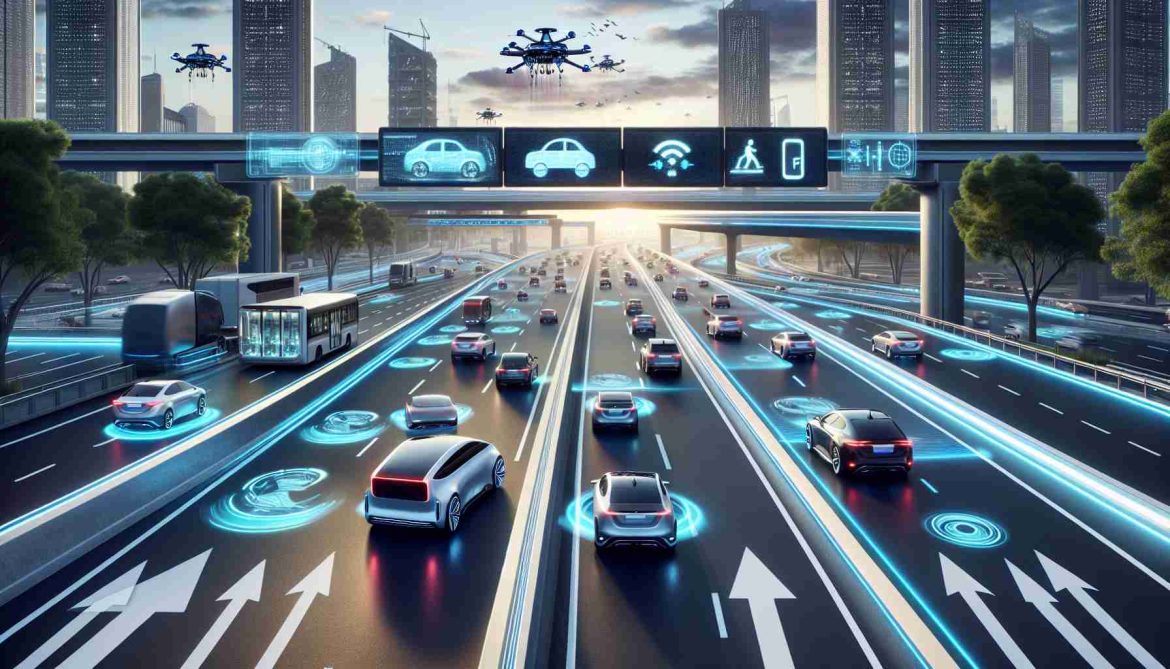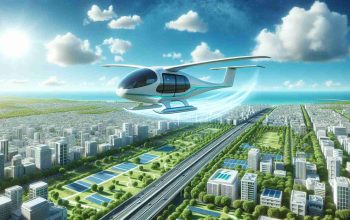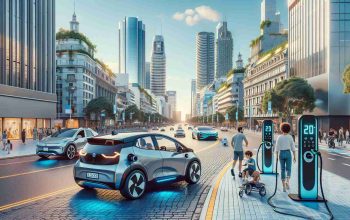Tesla has set its sights on pushing the boundaries of autonomous driving technology, with a groundbreaking announcement that is set to revolutionize transportation as we know it. The company’s upcoming full self-driving system, slated for release in Europe and China in early 2025, will pave the way for a new era of mobility that prioritizes safety and efficiency above all else. While the system is currently in beta in the United States, its expansion to global markets signifies a significant milestone for Tesla’s quest to lead the charge in autonomous mobility.
This bold move by Tesla not only aims to redefine the driving experience but also cements the company’s position as a trailblazer in the race towards autonomous mobility. However, venturing into the European market poses a unique set of challenges, particularly in navigating stringent regulatory frameworks surrounding road safety and autonomous driving technologies.
The road ahead for Tesla is paved with regulatory hurdles that will require meticulous adaptation of its software to meet rigorous European safety standards. Despite facing criticism and setbacks in the US, Tesla remains optimistic that consistent updates and collaborative efforts with local regulators will facilitate the deployment of its cutting-edge technology across European roads.
Overcoming Regulatory Hurdles: A Test of Tesla’s Innovation and Resilience
Elon Musk, the visionary CEO of Tesla, envisions a future where fully autonomous driving not only minimizes accidents but also transforms the way drivers interact with their vehicles. While the current system necessitates driver supervision, Tesla is steadfast in its pursuit of achieving full autonomy that eliminates the need for human intervention altogether.
To achieve widespread acceptance, Tesla must demonstrate to European regulators that its full self-driving system can navigate complex scenarios with precision and safety. The rigorous testing requirements will underscore Tesla’s commitment to not only delivering advanced technology but also ensuring its reliability in real-world driving conditions.
Despite the promise of a safer and more efficient driving experience, the cost of Tesla’s full self-driving package remains a significant barrier to mass adoption. While price adjustments have been made in the US, the affordability of the system may pose a challenge for European drivers, potentially limiting its accessibility.
As Tesla continues to push the boundaries of innovation, striking a balance between cutting-edge technology and affordability will be key to capturing a substantial market share. The journey towards widespread adoption of autonomous driving technology is fraught with uncertainties, but Tesla’s unwavering dedication to innovation may pave the way for a future where self-driving cars are the new norm.
**The Evolution of Autonomous Driving: Advancements and Challenges Unveiled**
**The Expansion of the Autonomous Driving Landscape**
As the race towards autonomous driving intensifies, companies beyond Tesla are making significant strides in revolutionizing transportation. Waymo, a subsidiary of Alphabet Inc., has been a frontrunner in deploying autonomous vehicles for ride-hailing services in select cities in the United States. Its advanced technology and extensive testing have positioned it as a formidable contender in the realm of autonomous mobility.
*What advancements have been made by companies other than Tesla in the field of autonomous driving?*
While Tesla’s ambition is commendable, the entry of competitors like Waymo introduces a spectrum of cutting-edge solutions and innovations that may shape the future of autonomous transportation.
**The Intersection of Safety and Autonomy**
One of the key questions surrounding autonomous driving relates to the ethical considerations embedded in decision-making algorithms. For instance, in scenarios where an accident is imminent, how should autonomous vehicles prioritize the safety of passengers, pedestrians, and other vehicles on the road?
*What ethical dilemmas arise from the implementation of autonomous driving technology?*
Addressing these complex ethical dilemmas is crucial for garnering public trust and ensuring a seamless integration of autonomous vehicles into existing transportation infrastructure.
**The Promise and Peril of Autonomous Mobility**
Advantages of autonomous driving technology include a potential reduction in traffic congestion, enhanced road safety through minimized human error, and increased accessibility for individuals with mobility challenges. However, concerns persist regarding cybersecurity threats, data privacy, and the displacement of traditional drivers in the transportation industry.
*What are the key advantages and disadvantages associated with the widespread adoption of autonomous driving technology?*
Balancing the benefits of autonomous mobility with the challenges it poses will be imperative in shaping regulatory frameworks, fostering public acceptance, and realizing a future where autonomous vehicles coexist harmoniously with conventional transportation modes.
Explore more on the future of autonomous driving at tesla.com or waymo.com.



